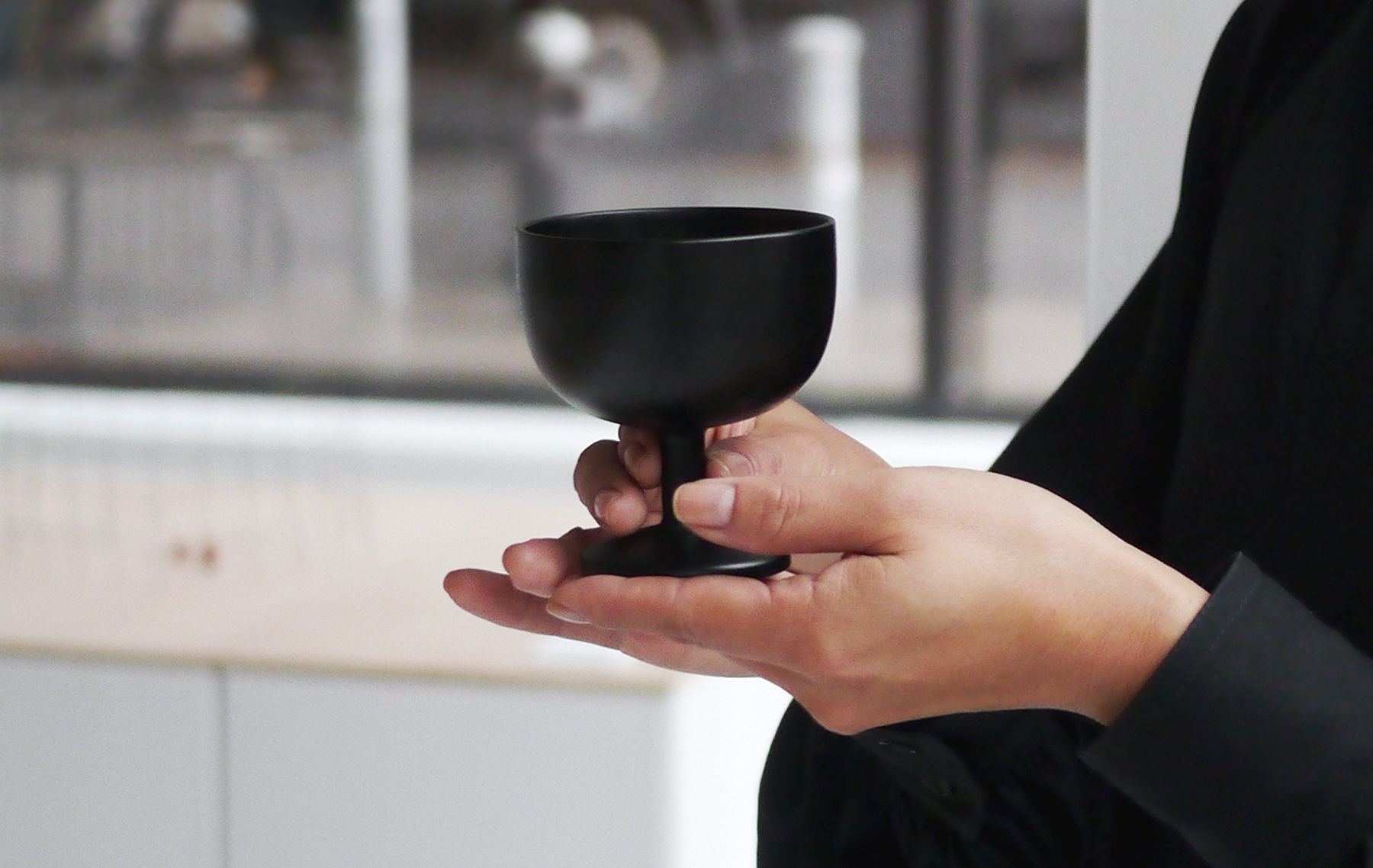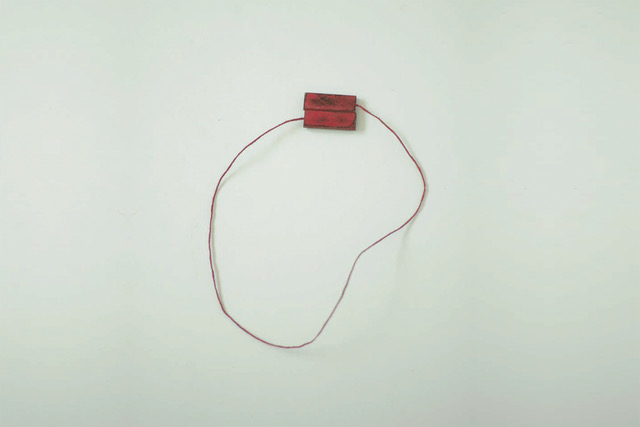The World of Ryuji Mitani

With my seat at the table of a quaint soba restaurant in Japan directly at the opposite end of the acclaimed Ryuji Mitani, I wondered, how did I get here? I could tell by glancing at Steve that he was thinking the same thing. Now miles away back in New York, staring at a massive album of images from this visit on my computer, I wonder, how do I even come close to describing one of our most enlightening artisan visits?
As long time fans of Ryuji Mitani’s wooden tableware, spending the whole day with him let alone being invited to his studio and home, was a dream come true. Mitani-san epitomizes the way in which we strive to live. Surrounded by space, and emptiness, the only objects that seem to qualify in his world are the ones that are at once beautiful and essential. Though Mitani-san’s collection of work is diverse, the same principles he lives by are exemplified in every piece he creates.

Our visit with the artisan is partitioned between stops at his gallery 10cm, his studios and his home in Matsumoto, Japan. With our upcoming exhibition with Mitani-san, Blurring Boundaries, on the horizon, we hope this Journal entry gives insight into the life and work of one of the most well respected artisans of our time.


In 2011, Mitani-san transformed an old tobacco shop into a gallery. He found an antique metal stencil that read “10cm”, and aptly named the small space after it.


10cm gallery is both a place to showcase his own works as well as the works of others but more importantly, a place to gather objects from artists and designers who have a similar approach to “crafts”.


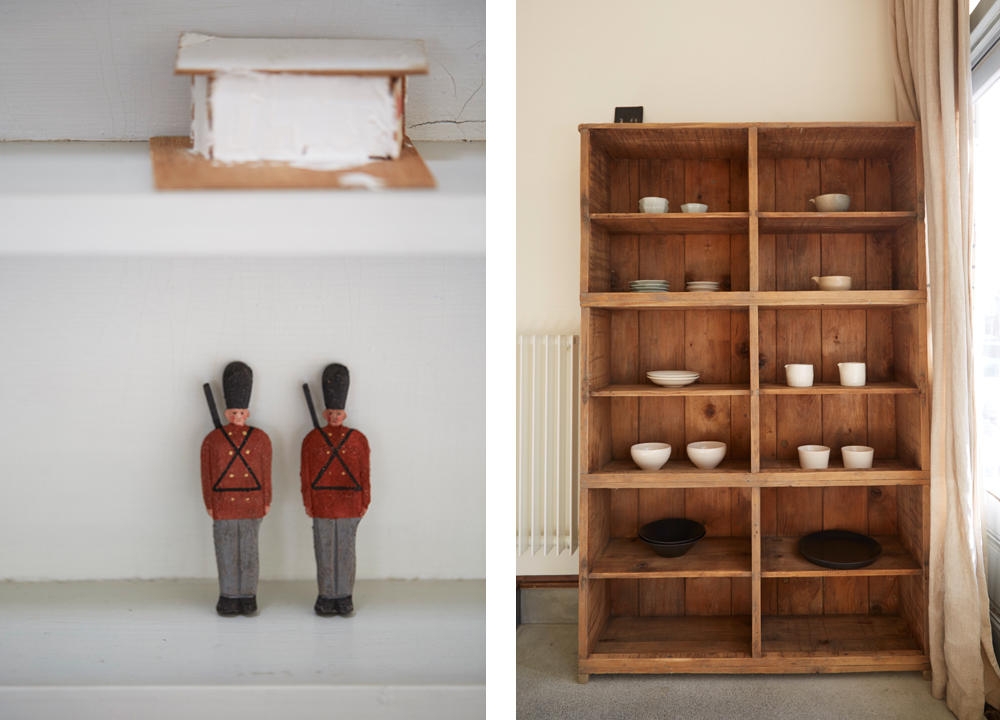
Mitani-san’s tableware is rare to come by outside of Japan but even rarer still is a collection of wooden brooches that we were surprised to see at 10cm occupying a small shelf. The brooches are actually the first objects he made when he began woodworking at a young age before he went on to focus on tableware, eventually becoming a leader of the Seikatsu Kogei movement in Japan. We’ve mentioned Seikatsu Kogei in the past but are still trying to pinpoint a clear English definition with the help of others in this movement such as Ryuji Mitani, Kazumi Tsuji and Masanobu Ando. The direct translation, “life industrial arts”, has always seemed “cold” in our opinion. Until we find a better translation, our best description of Seikatsu Kogei is essentially the pursuit of creating an object with artistic value that is also useful for daily life.

Mitani-san gave us two yellow chick brooches that we treasure so immensely we asked him to bring some to the exhibition in October. There will only be a small handful so consider yourself lucky if you can get your hands on one!

Mitani-san’s wife Junko-san joined us at 10cm as well and from there we all took off for a lunch break at a soba restaurant called Sanjiro.


We were greeted at Sanjiro by a graceful older woman. It was an establishment for soba purists, in respect to taste and atmosphere. Kintsugi cups, a well-worn communal table and antique sculptures – the place was affected by time which is what we ultimately found the most attractive.

After lunch we explore Mitani-san’s studios – one small building is a woodshop where he carves and turns wood and another one nearby is a space where he lacquers.




At the woodshop we notice small artifacts and an incredibly large array of carving tools hanging on the walls – each one serving to transform solid blocks of wood into functional shapes.
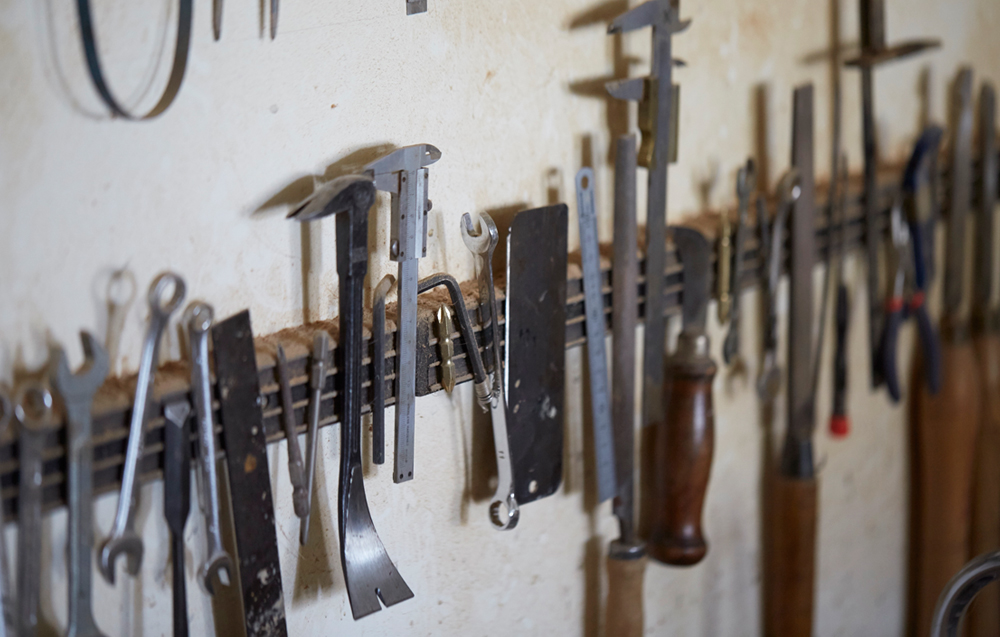

The small handheld tools are used for chiseling small grooves, a signature of Mitani-san’s work that gives them an appearance like that of a gem reflecting light off multi-dimensional facets.


Another signature of Mitani-san’s is his unique way of applying lacquer, otherwise known as urushi in Japanese. Not sure if it is Mitani-san’s naturally calm demeanor but he approaches the technique almost as if it is a medical surgery he’s done a hundred times. He puts on a canvas work jacket, lays all his tools on a clean empty table and starts preparing the materials. A special lacquer mixture is carefully sifted through a contraption he made to remove impurities. Once the mixture is completely smooth, the procedure begins.

At the end of the day, he places all the pieces neatly into a cabinet allowing them to fully dry before the application of another layer can occur. He continues this process several times until the piece is complete. The resulting layers of lacquer protect and seal without entirely covering the wood grain.

We’ve seen so many types of lacquer ware that we now notice the nuances. Mitani-san’s painter-like approach to lacquering, his technique of underpainting, overpainting, and artful semi-transparent strokes gives it a uniqueness that other lacquer ware lacks.




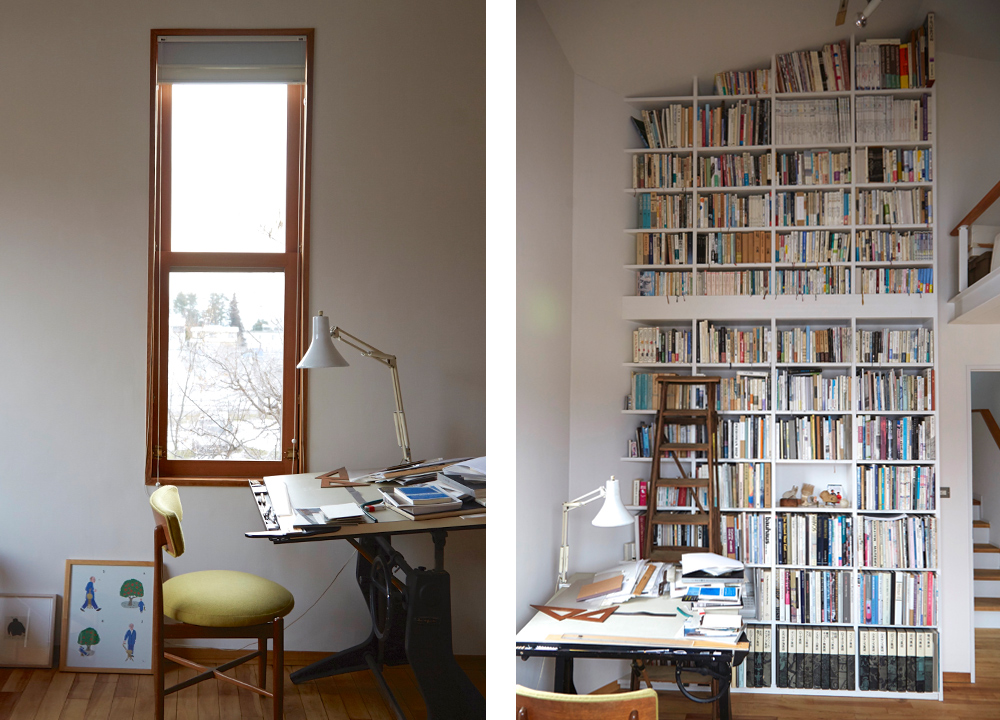
After the studio tour Mitani-san drives us a short distance down a hilly path to his home. Not to our surprise, it has the same aesthetic sensibilities that define his gallery and studios. The difference is that Mitani-san’s home has deliberate places for contemplation – a custom-made fireplace, a study stocked with books, a living room with chairs facing a view of nature and a large dining room table to congregate over tea. His home is clearly a place of rest.



Observing all the corners of Mitani-san’s home, my main takeaway was that he has crafted a world for himself that is simply perfect. The attention to detail is evident across every room, nothing looks expendable, and everything has a purpose. Even the places where his wood tableware collection is stored are not collecting dust. They are stacked and ready to be grabbed for preparing meals, tossing salads, and serving dinner. We could identify the effects of usage on the pieces. They tell a story and give them soul. Fading, softened edges, and overlapping scratches that wood naturally gains with each passing day are all aspects that remind us of Mitani-san’s mission to create functional objects that can be used for many generations.
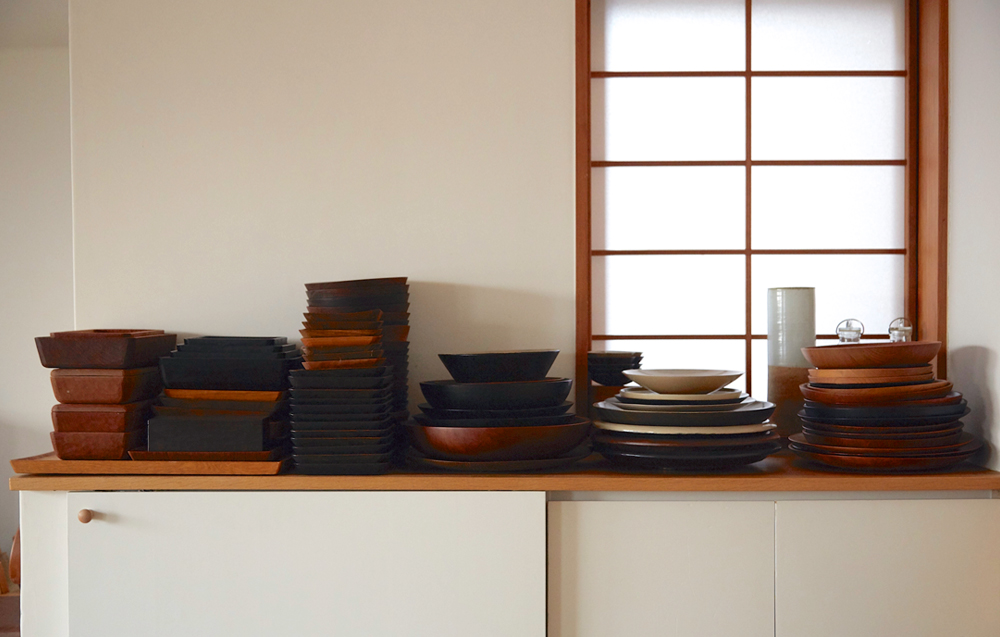
Throughout our perfect day with Ryuji Mitani, I kept wondering what values and rules govern his life that allow him to make it look so easy? Now that time has passed and the term Seikatsu Kogei is on our minds, it all makes sense. Our time spent with the artisan proved that he whole-heartedly creates and lives by this concept. We realize now that Mitani-san is so beloved because he stands for the simple idea of elevating the everyday. From a large urushi wooden bowl to a small cherry wood teaspoon, each object he creates aims to link crafts to a better quality of life. Maybe that’s what makes Ryuji Mitani’s wonderful world look so effortless.
Photos by Armando Rafael Moutela

